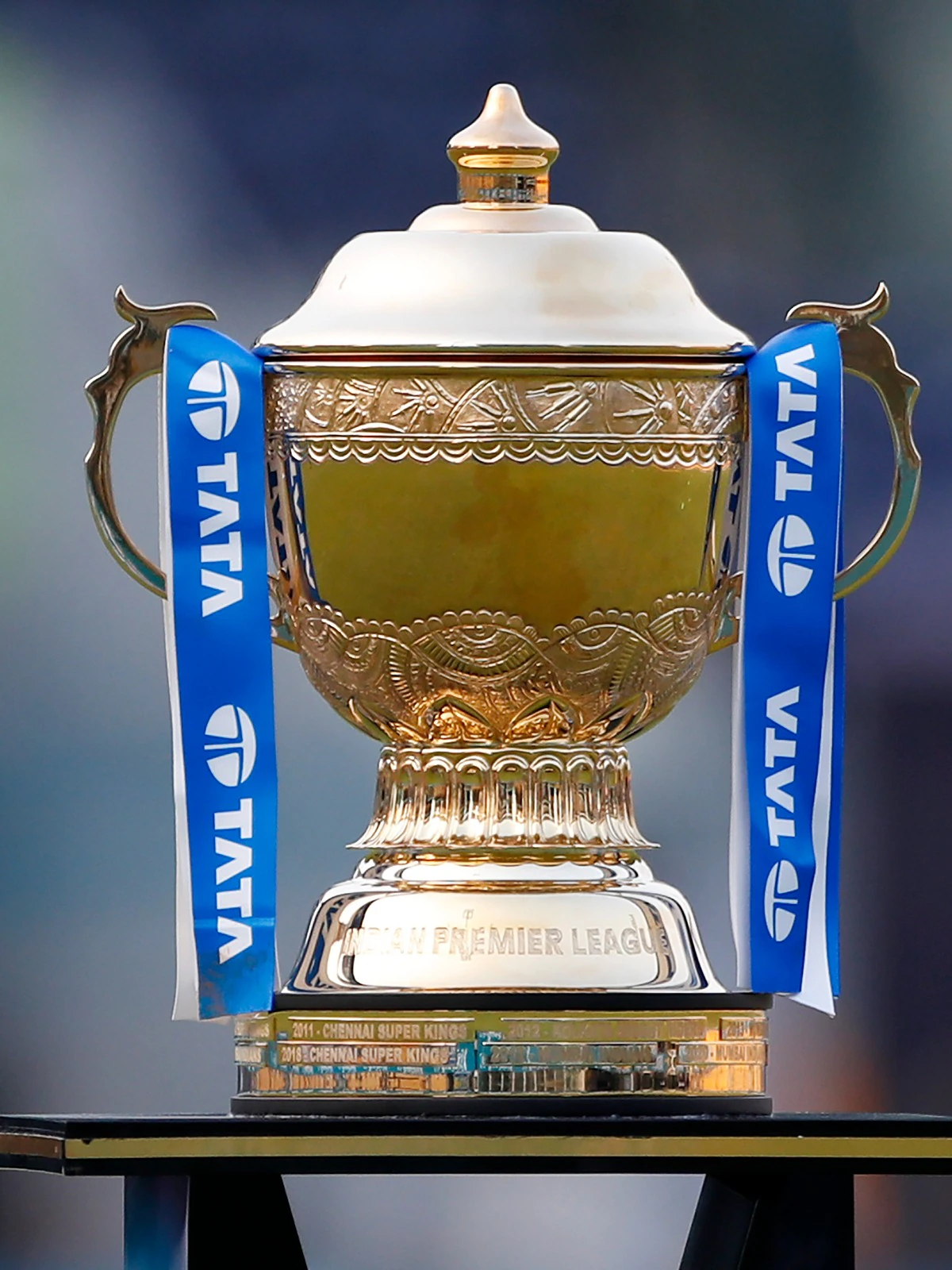

Youth Sports Is a $38B Industry. But Are the Kids Actually Winning?
The Marketing Team
Youth Sports Is a $38B Industry. But Are the Kids Actually Winning?
In America alone, youth sports is now a $38.4 billion industry, according to WinterGreen Research. That’s bigger than the global video game market in the early 2010s. And this number is only set to increase from here on. It’s growing fast! From club fees to travel costs, private coaching to gear, the business of youth athletics has risen to the extreme. It’s become a juggernaut.
That said, it’s important to ask tough questions. Us at iCaptain have been asking such questions in sports for a long time.
Is this boom actually helping young athletes or just monetizing them?
Along with this question, we also have a plan. We believe we can revolutionize the youth sports industry while ensuring it grows more - and every child gets a real shot at going pro.
The Rise: How Youth Sports Became Big Business
Like everything else, it wasn’t built in a day.
This dates back 30 years. Most youth sports were local, season and volunteer based. It was more fragmented than ever before - as kids played for school or neighborhood bragging rights. But after the 2000s, things started changing.
As sports became more glamorous - it became a lucrative career option. This gave rise to travel teams, private coaching, and early specialization turned what was once just hobby into high stakes future gameplan.
As you have it - by the mid-2010s, youth sports in the U.S. was generating over $19 billion, as reported by The Atlantic. Crazy to think - or maybe not - that figure has since doubled.
The shift wasn’t random. Three forces surged the youth sports economy:
-
1. Global Sports Craze – The sports industry globally is projected to hit $600 billion by 2025 (Deloitte). From cricket in India to soccer and baseball in the U.S., youth leagues are modeled as pipelines to professional dreams.
-
2. Parental Aspiration – Parents began viewing sports as a way to secure scholarships or even professional contracts, pushing kids into year-round training as early as age 7.
-
3. Privatization of Play – Schools cut sports budgets. Enter private clubs, who now dominate the youth sports landscape and charge a premium for it. The future golden ticket? Pathway to pro.
The Big Money Breakdown
The average U.S. family spends $883 per child per year on youth sports, but that’s just the median. Many elite programs charge $3,000 to $10,000 annually, according to the Aspen Institute’s Project Play.
If that wasn’t enough for this massive boost - media and branding have jumped in too, with YouTube stars, Instagram highlight reels, and NIL (Name, Image, Likeness) deals reaching high schoolers and even middle school athletes. The line between youth sports and pro sports? Definitely blurred.
Wait… Isn’t That a Good Thing?
Yes. But not necessarily.
While access to that level of sports can be life changing, this commercialization is leaving millions of kids behind. According to the Aspen Institute, only 38% of kids aged 6–12 regularly play team sports; down from 45% a decade ago. Why? Cost and access are now major barriers which weren’t an issue in the past. The same booming industry that’s rewarding a few is shutting out the many. Yes, talent is important, and don’t get us wrong, it still counts! But so does access to the right resources and the right kind of wealth.
This isn’t just the case in America. In India, South Africa, and across Europe, similar trends are emerging and the world becomes more globalized. Cricket academies registration and into thousands of dollars now, while visibility for youth athletes remains limited unless they come from well connected systems.
In short: the money is flowing but not always in the right direction. Not everyone is winning.
Youth athletes deserve better. Not just more.
They need visibility. Affordable access. A functional ecosystem. Not a fragmented marketplace of overpriced gatekeepers. And this is the same case with academies. Every academy deserves visibility and some level of branding. Practice nets, grounds, equipment all need to be available equally and in the optimum manner possible. There can’t be any blatant monopoly if we want the youth to succeed and have the best sporting future.
This Is Where iCaptain Comes In
At iCaptain, we’re not just building an app. That’s not really our core business. We’re architecting a robust, unified ecosystem for the future of sports. One that connects operations, management, finances, academies, athletes, students, and grassroots programs under a single, intelligent platform.
Our objective is definitely not to bring down the incredibly booming youth market overnight. We just want to ensure everybody wins. Students pay the right price, academies can serve more customers (parents) and the pathway to pro is as clear as day.
In the world of iCaptain everyone wins.
This isn’t a concept.
This isn’t a prototype.
It’s happening.
Our platform functions as a next-gen ERP for sports. One that supports grassroots teams, players, coaches, and academies with real tools, not just hype.
-
Athlete Visibility: Young players can showcase verified stats, match footage, and development history to scouts, leagues, and sponsors.
-
Facility Rentals & Academy Bookings: Local teams and parents can discover, compare, and book quality facilities. No WhatsApp chaos, no offline bottlenecks.
-
Marketplace Access: Players can buy, sell, or trade gear. Coaches can list clinics. It’s a real ecosystem, not a dead-end dashboard.
-
Global Design: Built in the U.S., but tailored for global scalability. Whether you’re a league operator in Texas or a cricket academy in Delhi, iCaptain is Designed Beyond Boundaries.
A Call to Visionaries
This is a pioneering moment in youth sports and grassroots cricket. It’s no longer just about play and talent.
It’s about access, equity, and long-term infrastructure. It’s about a future that is viable for every youth and parent out there. We believe youth athletes around the world deserve a platform that works for them, not just around them.
So if you’re an investor, partner, or league looking to build something that actually moves the game forward join us. Send us an email at info@icaptain.io and we’d be happy to sit and talk.
We’re not just watching the $38B boom.
We’re building what comes after it.



